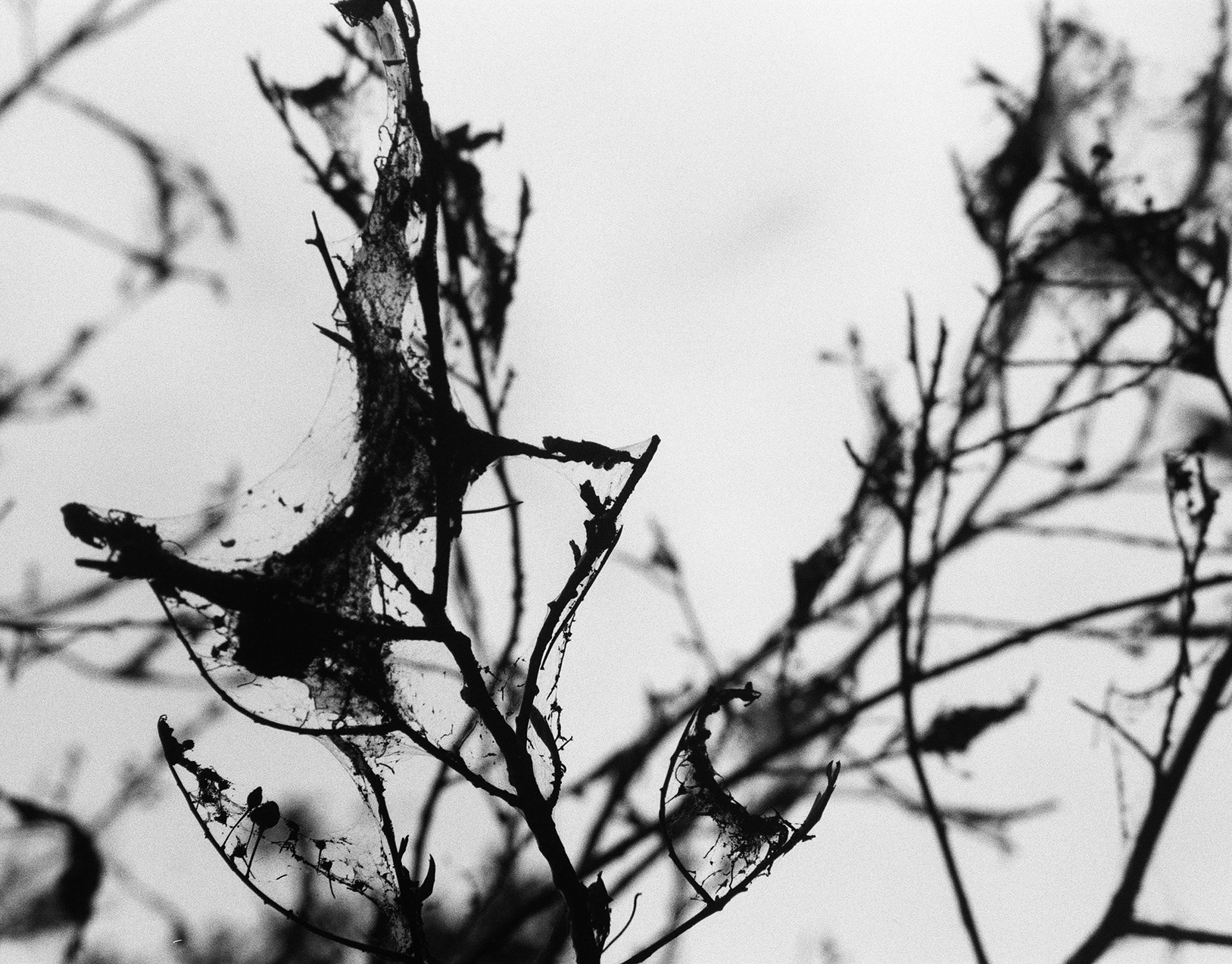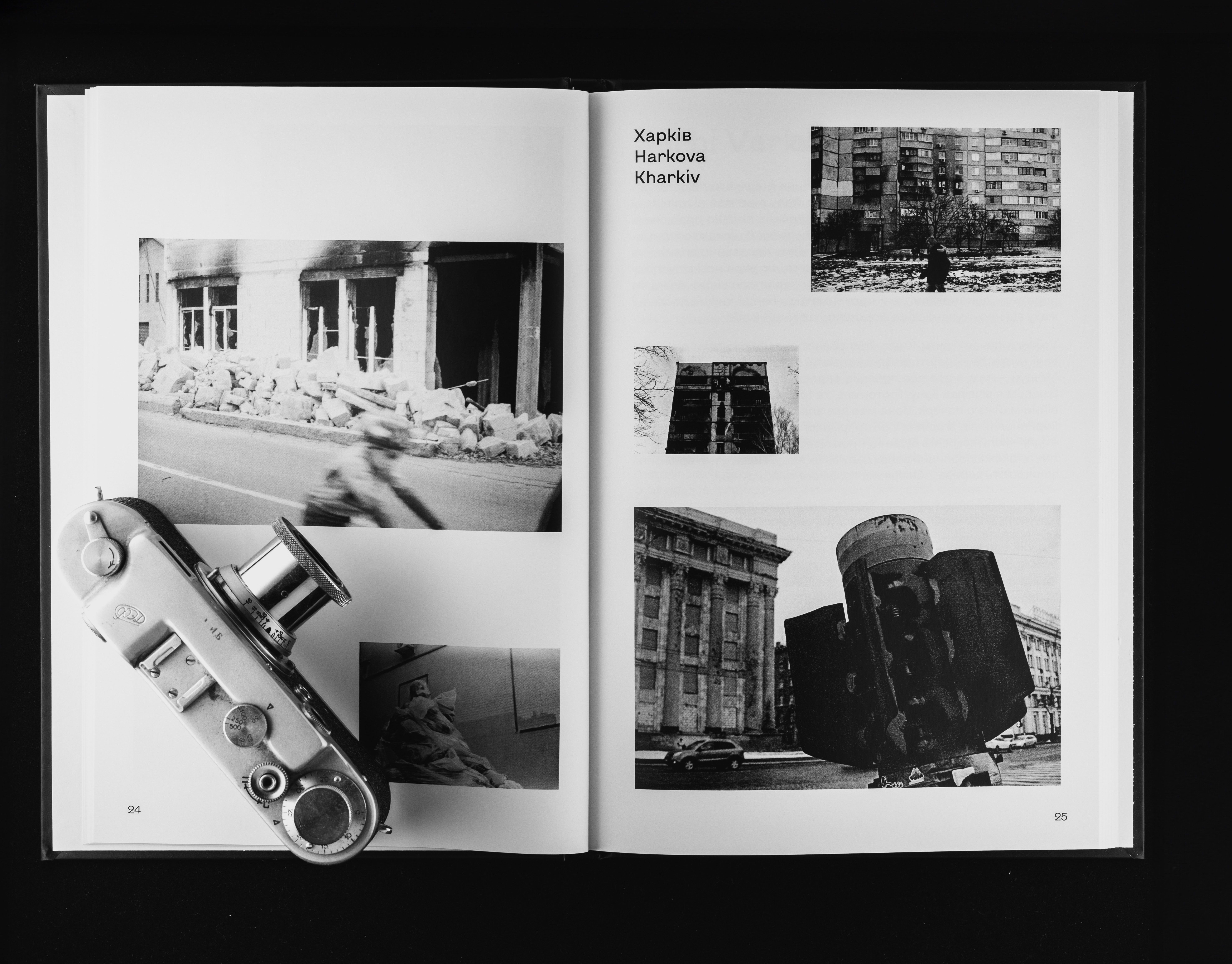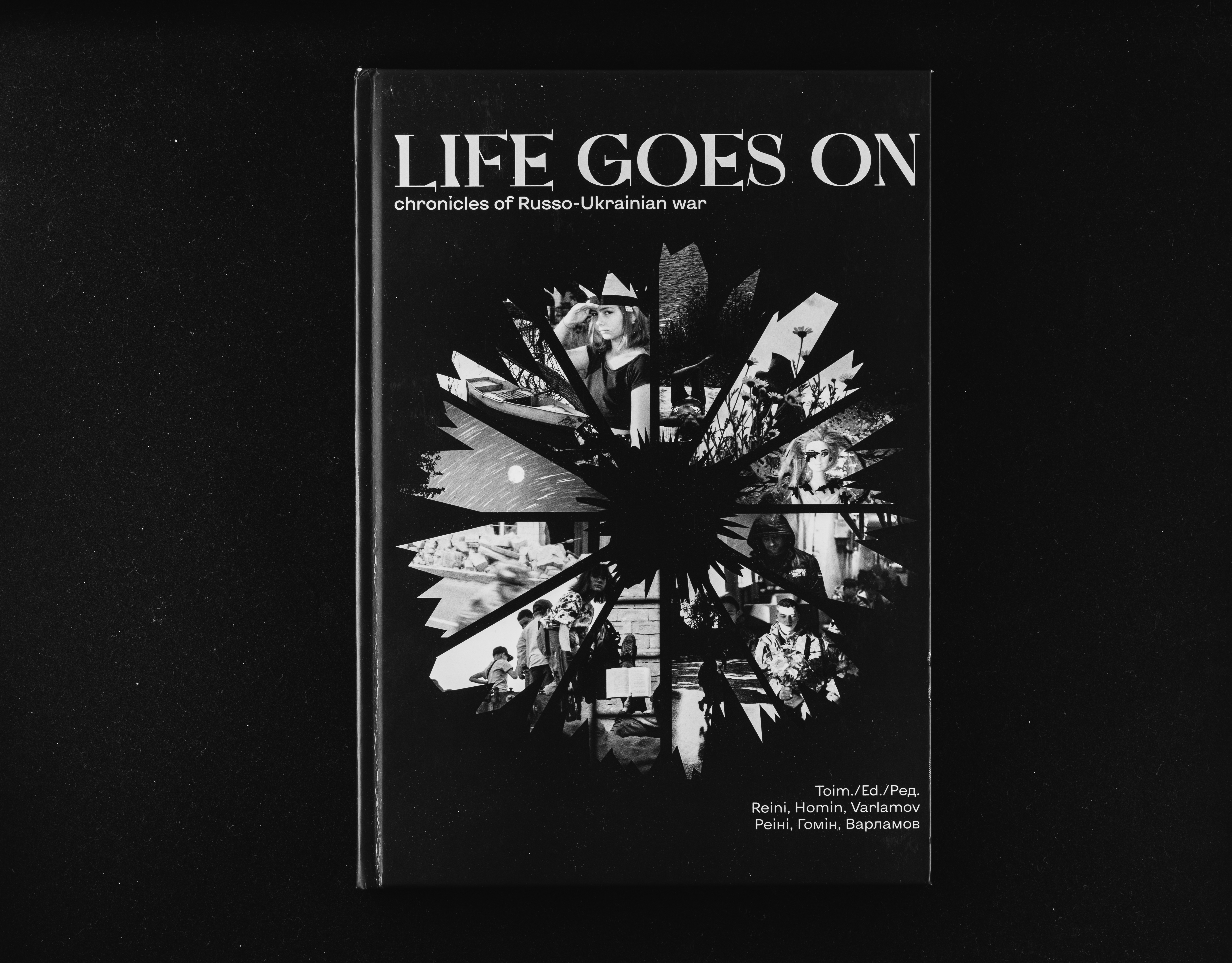This series explores the personal mythologies and visual codes that inform my understanding of the United States. Through symbolic imagery and subtle, often intimate gestures, I reflect on the cultural, historical, and emotional imprints that inform how I see — and unsee — this country. Each painting acts as a response and a reimagining: fragments of memory, observation, and constructed belonging converge into a non-linear portrait of a place in flux.
The work draws on iconography that is at once familiar and fractured — flags, hands, fences, flora, body language — questioning which symbols invite, which exclude, and which are quietly rewritten through lived experience. As an outsider-insider, I trace how meaning settles into objects, and how gesture becomes language.
How Are You? (Don't Answer)
Watercolor and bleedproof white on paper, 16 × 22,3 cm, 2025
This painting captures a scene of welcome and performance, where smiles, handshakes, and waves mark the rituals of belonging. The festive bunting and balloons evoke civic celebration, but the gestures themselves become the focal point — a language of greeting that is both intimate and performative.
The work reflects on how community is staged through repetition of familiar codes: the handshake extended in trust, the cheerful wave of inclusion, the backdrop of neighborhood houses dressed for occasion. Yet beneath the surface lies a question: Who is invited into this exchange, and who remains outside its frame?
By isolating these gestures within the wider vocabulary of Americana X, the painting becomes less about the literal scene and more about the myths of hospitality, democracy, and recognition embedded in U.S. visual culture. It asks how symbols of openness might also enforce boundaries — and how everyday gestures carry the weight of ideology, memory, and aspiration.
A Thousand Calories and Counting
This richly detailed watercolor captures the visual excess of American fast food culture with surreal affection and subtle critique. A double cheeseburger — perfectly stacked and glistening — sits beside an absurdly decadent milkshake, its rim encrusted with rainbow candy shells, peanut butter cups, and topped with whipped cream, chocolate, and grissini.
Simultaneously playful and unsettling, A Thousand Calories and Counting explores themes of overindulgence, mass production, and the seductive aesthetics of consumption. The painting draws attention to the engineered beauty of fast food, inviting viewers to question not just what we eat, but how we’re sold pleasure in its most artificial form.
Watch the painting process with commentary here.
Watercolor and bleedproof white on paper, 23 × 31 cm, 2025
Portion Distortion
Watercolor and bleedproof white on paper, 22.2 × 16.5 cm, 2025
This piece draws from my first impressions of everyday life in the United States — specifically, the surreal experience of walking into an American supermarket for the first time. The scale of everything felt theatrical: portion sizes seemed made not for a household, but for the cast and crew of an action movie.
Later, while watching Scary Movie 3, I came across the now-iconic scene where Cindy offers emotional support to Brenda as they eat ice cream from a literal bucket. The absurdity resonated. It echoed my own adjustment to the exaggerated scale of the ordinary — where socks come in packs of ten, Coke is sold in jug-sized containers, and a single university department might span five separate buildings.
Endorsed by Heaven
Watercolor and bleedproof white on paper, 19.5 × 22,9 cm, 2025
This work reflects on a pivotal shift in U.S. policy: in 2025, the IRS ruled that churches may endorse political candidates during worship without risking their tax-exempt status. Endorsed by Heaven visualizes this moment of tension — between private belief and public power, between sacred ritual and statecraft.
A solitary figure in prayer is positioned alongside a sign that quietly blurs spiritual conviction with political alignment. The composition invites viewers to consider what happens when religious authority becomes a sanctioned political voice — and what is lost or transformed in the process.
This piece offers a meditation on blurred lines, quiet endorsements, and the weight of influence.
Watch the painting process with commentary here.
Echoes from the Feed
Echoes from the Feed distills the fragmented reality of social media into a single, disorienting visual. Inspired by the endless scroll of X (formerly Twitter), the piece explores the absurdity of a digital space where wildfire footage and golden retriever memes collide, where crypto ads blur into political spectacle, and where historical truths are buried beside algorithmic distraction.
This work reflects the emotional whiplash of online life — its tension between oversaturation and detachment, chaos and calm. Within the noise, reality flickers — brief, raw, and often overlooked.
Watch the painting process with commentary here.
Watercolor and bleedproof white on paper, 23 × 31 cm, 2025
Are Those Gunshots or Fireworks?
Watercolor and bleedproof white on paper, 31 × 23 cm, 2025
This piece centers on the fire truck as image — a vehicle of emergency, protection, cultural visibility. In the American landscape, it signals action, response, reassurance. Yet, as with much of the iconography in this series, its clarity is complicated by context: sirens that follow fireworks mistaken for gunshots, uniforms worn by volunteers, trust built through repetition, ritual.
The fire truck becomes a container — not only of tools and urgency, but of projected safety, expectation, inherited narrative. I approach it as an active participant in a system of symbols that shape how we locate ourselves in relation to danger, care, authority. Painted with restraint and attention to stillness, the work invites a pause between noise and response, asking: what kind of help are we taught to wait for? Who is taught to expect it?
Watch the painting process with commentary here.
Memorial Day, Aisle 7
Watercolor and bleedproof white on paper, 14.9 × 22.2 cm, 2025
I came across these socks in a retail display for Memorial Day — a national holiday meant to honor fallen soldiers. Folded and stacked among seasonal goods, they carried a quiet tension between memory and merchandise.
By isolating the socks against a plain background, I aimed to hold that tension — to let the object speak without spectacle. The drawing explores how patriotic symbols slip into the everyday, how acts of remembrance can blur into routine. Memorial Day, Aisle 7 sits between observation and metaphor, between what we remember and what we reach for out of habit.
Mailbox (after stickers)
This painting depicts a USPS mailbox layered with political stickers. The torn, weathered, and forceful slogans reflect tensions between institutional authority and grassroots resistance. A fleeting moment of public life becomes a site of personal and political reflection, revealing how everyday infrastructure serves as a canvas for protest, identity, and contradiction.
Watercolor and bleedproof white on paper, 23 × 31 cm, 2025
Scooter's at NIGHT
Watercolor and bleedproof white on paper, 23 × 17 cm, 2025
Lit by fluorescent signage and hushed by late-night stillness, this painting captures a Scooter’s Coffee drive-thru — a space built for motion, yet eerily static after hours. Just a short walk from my home, it feels both convenient and absurd: designed for cars, yet entirely accessible on foot. I’m drawn to that quiet irony — a pedestrian moving through a landscape meant to be driven. The piece becomes a quiet meditation on American infrastructure, convenience culture, and the surreal calm of spaces not made for walking, but walked anyway.
To the Debt, With Love (Venmo Us Please)
Watercolor and bleedproof white on paper, 23 × 31 cm, 2025
A satirical meditation on patriotism, digital culture, and economic absurdity, this watercolor blends classical ruin with fintech gloss. The U.S. national debt is reimagined as a Venmo request — $5 for “freedom” — hovering between collapse and redemption. A cracked temple labeled Economic Stability looms in the background, while spectral dollar signs swirl around kneeling and gesturing figures. A QR code radiates like a sun, divine or dystopian. Beneath, a treasury donation box invites sacrifice without reward: "This transaction may not be tax deductible."
At once humorous and haunting, the painting asks: what happens when civic responsibility is reframed as crowdfunding? Is this salvation through microtransaction, or a final joke on democracy?
Watch the painting process with commentary here.
Chains to Roots
Watercolor and bleedproof white on paper, 23 × 15,8 cm, 2025
Created for Juneteenth, Chains to Roots reflects on the legacy of slavery in the United States and the continued struggle for racial justice. The work marks June 19, 1865 — the day when General Gordon Granger arrived in Texas to announce the abolition of slavery to the last enslaved people.
This work draws visual inspiration from archival and press imagery, including a 2020 photograph of Angela Davis by Yalonda M. James (San Francisco Chronicle / Smithsonian), and Juneteenth parade documentation by Go Nakamura (Getty). The final composition is an original reinterpretation combining multiple sources.
Watch the painting process with commentary here.





